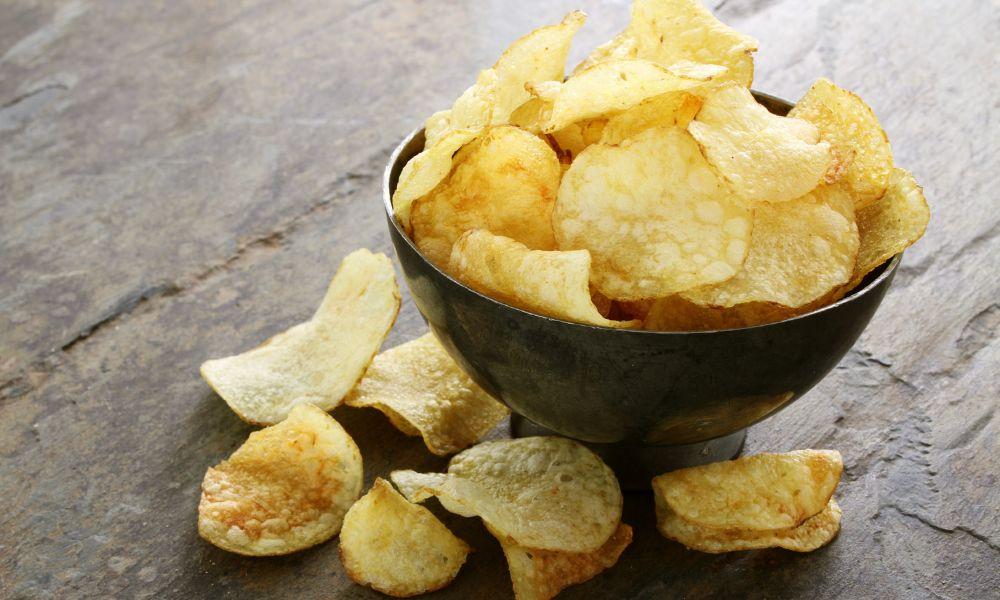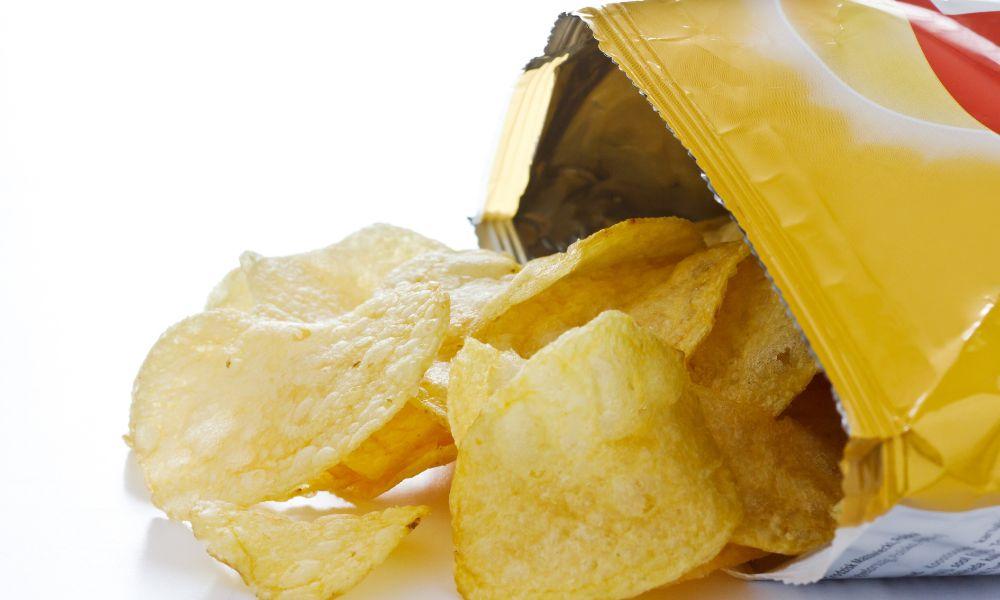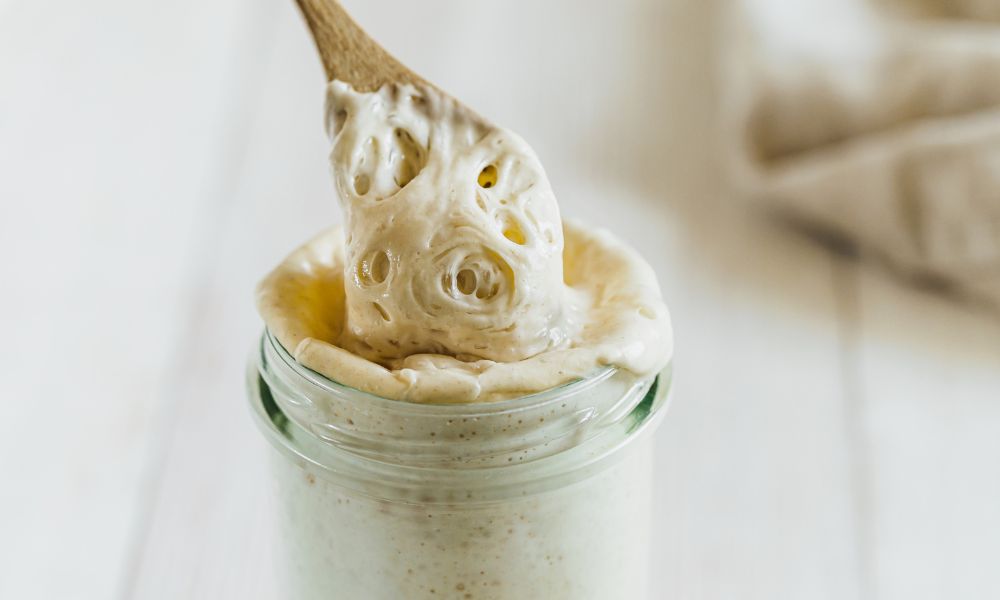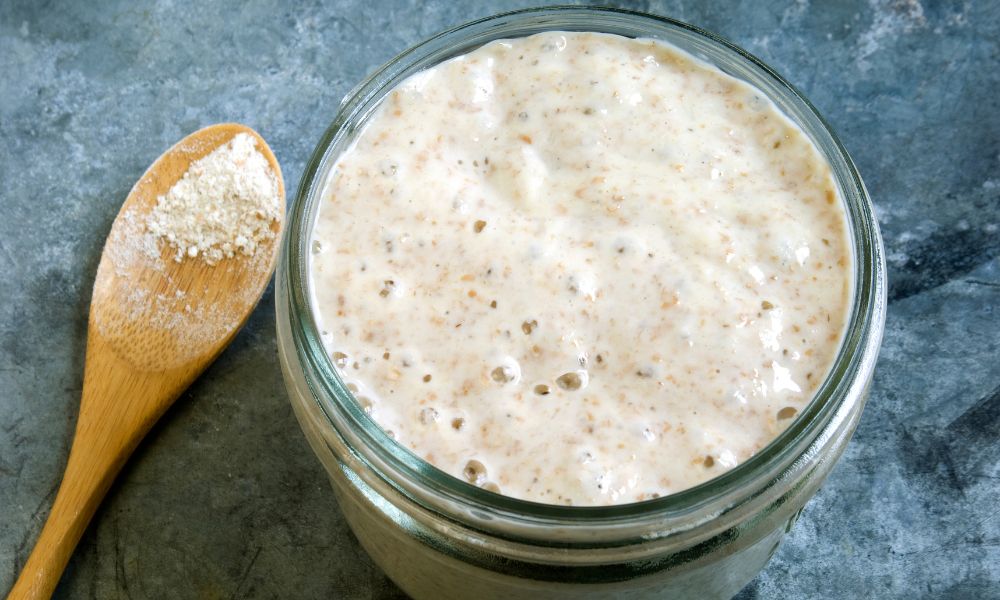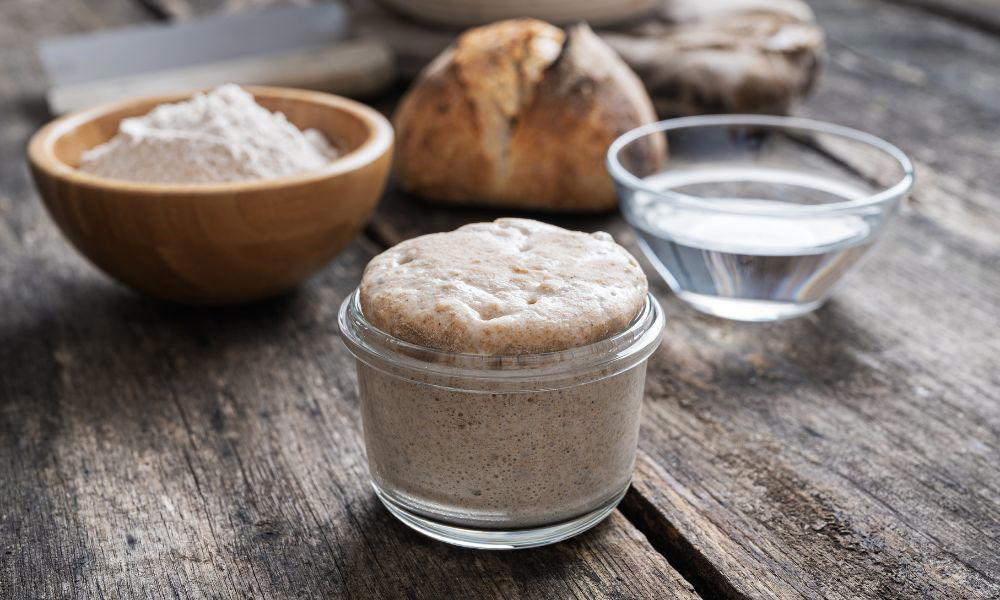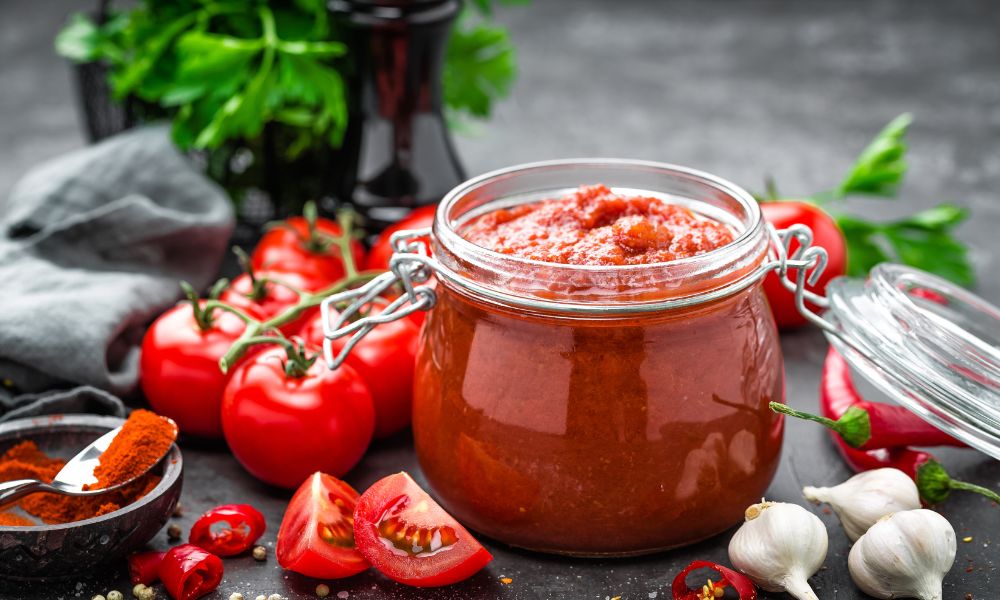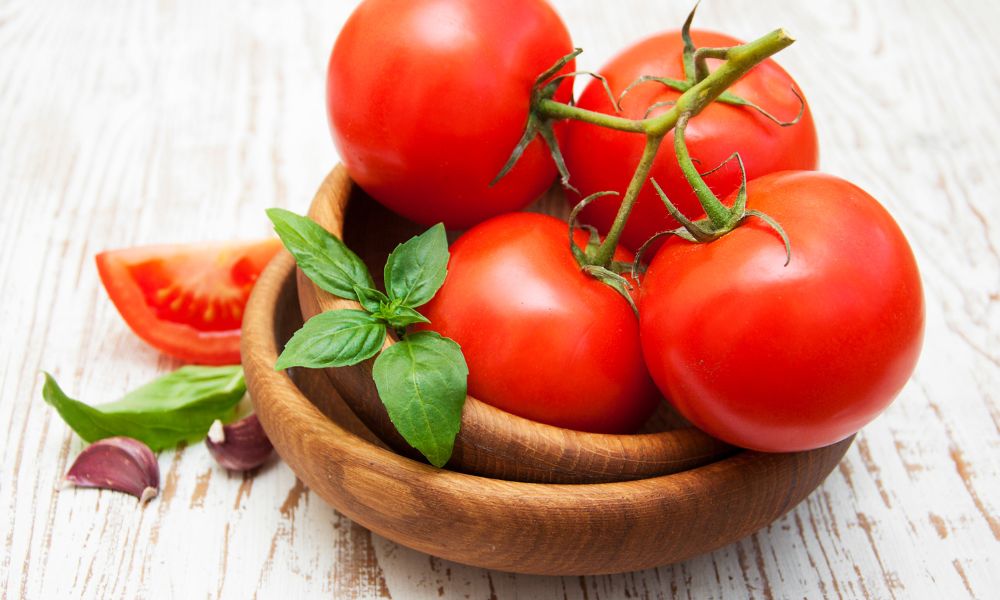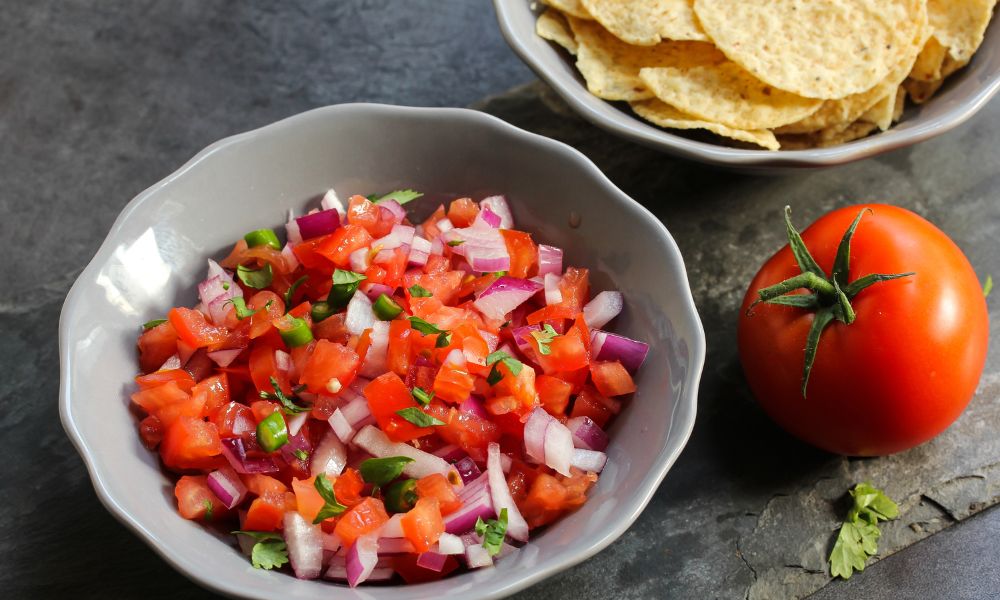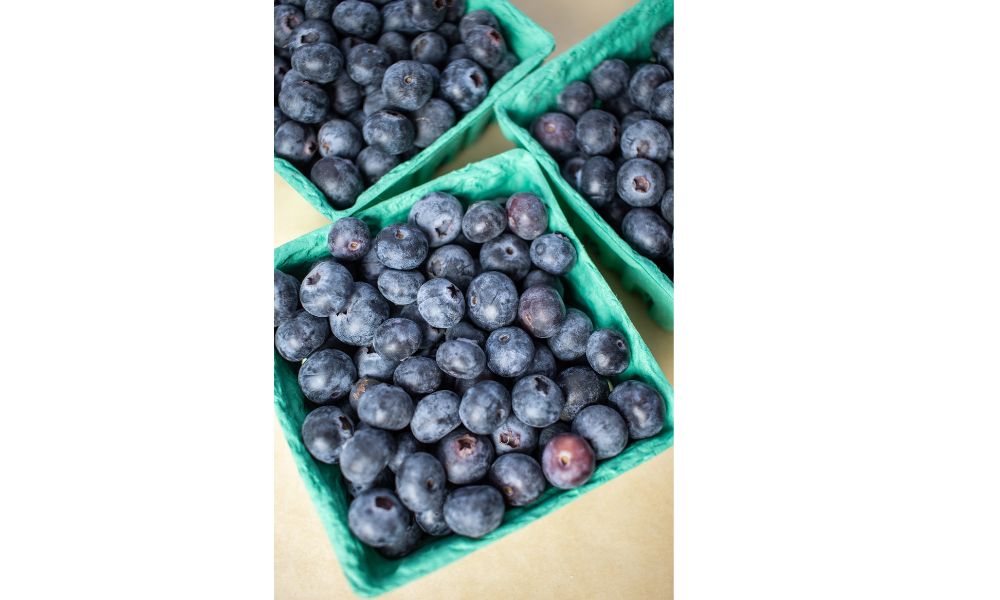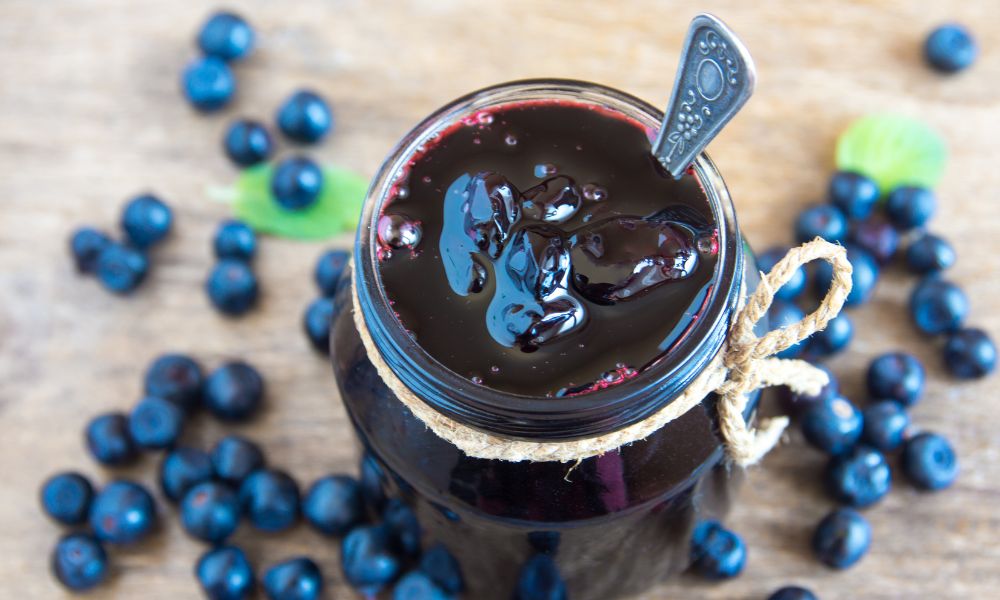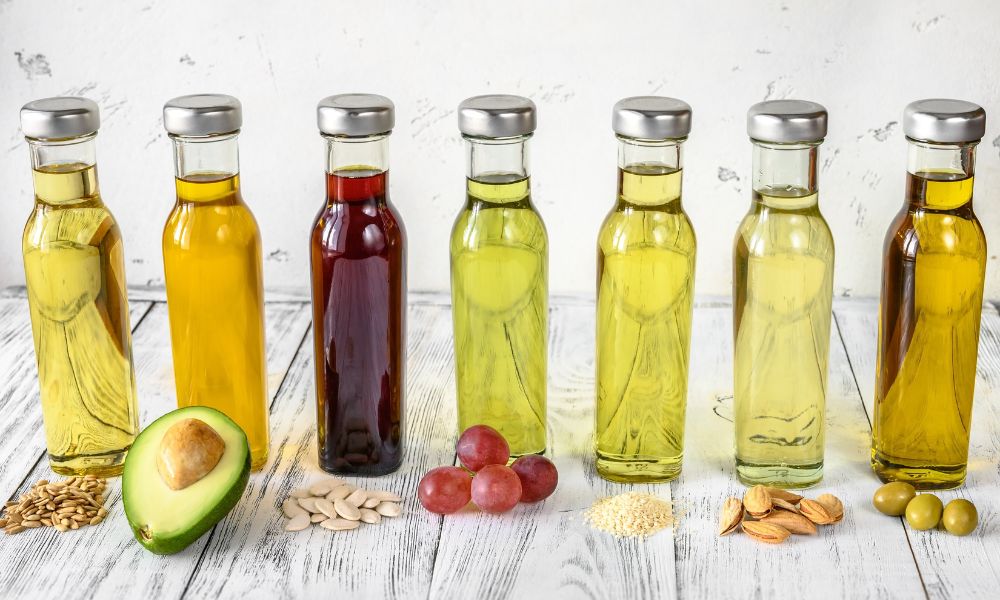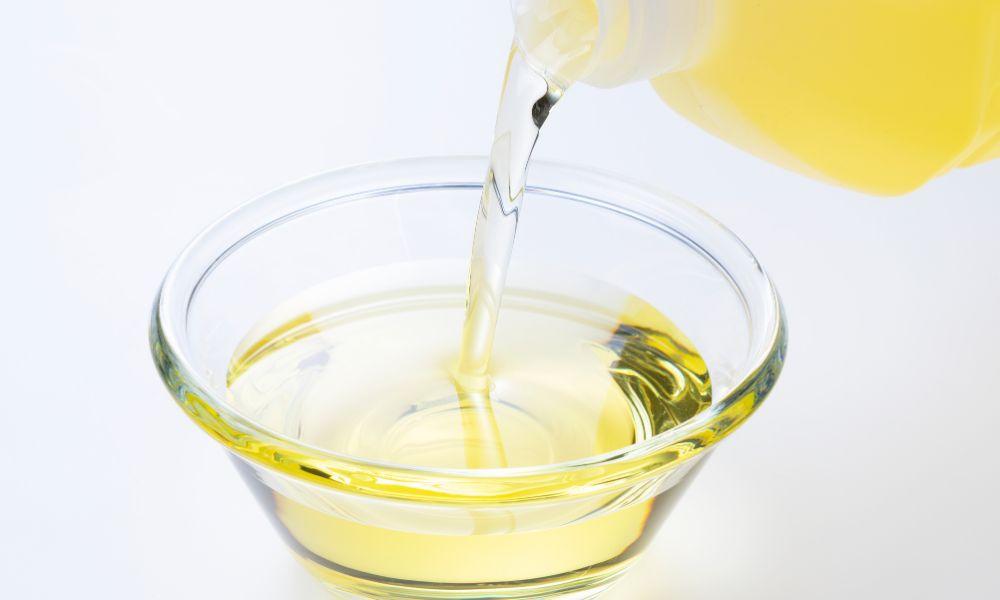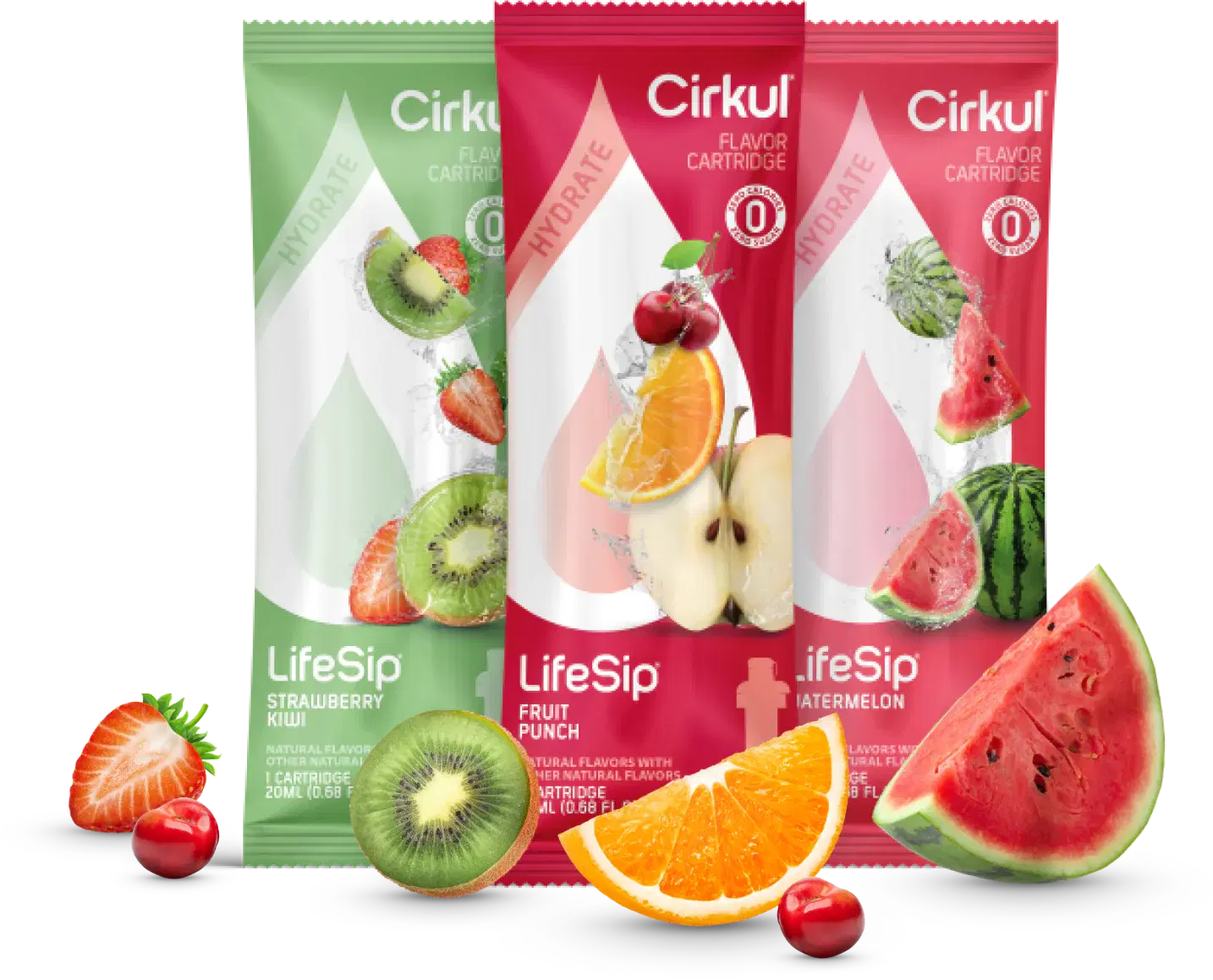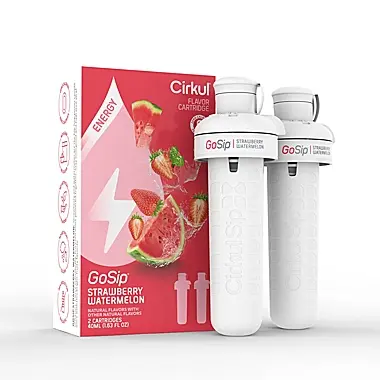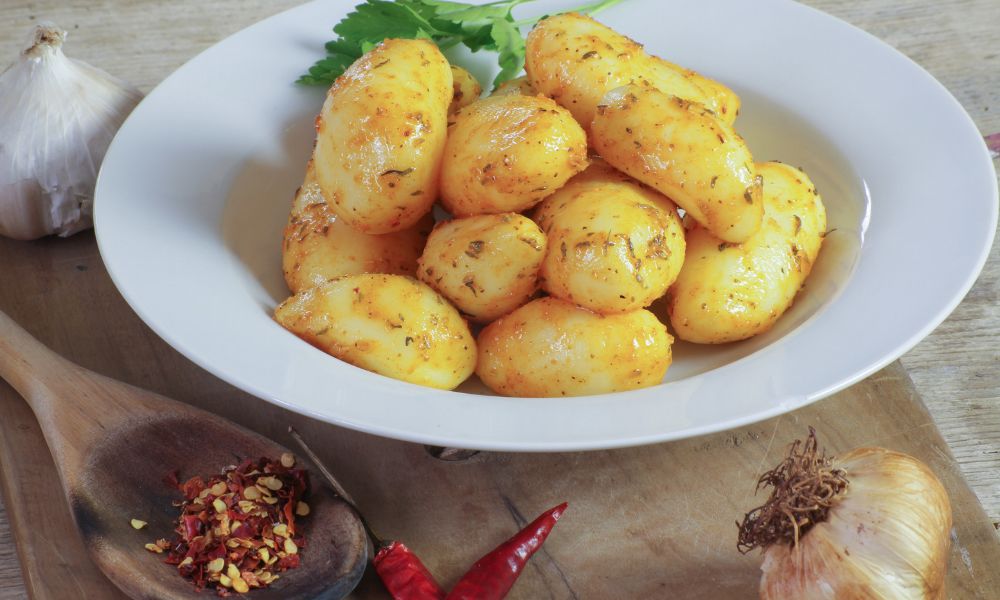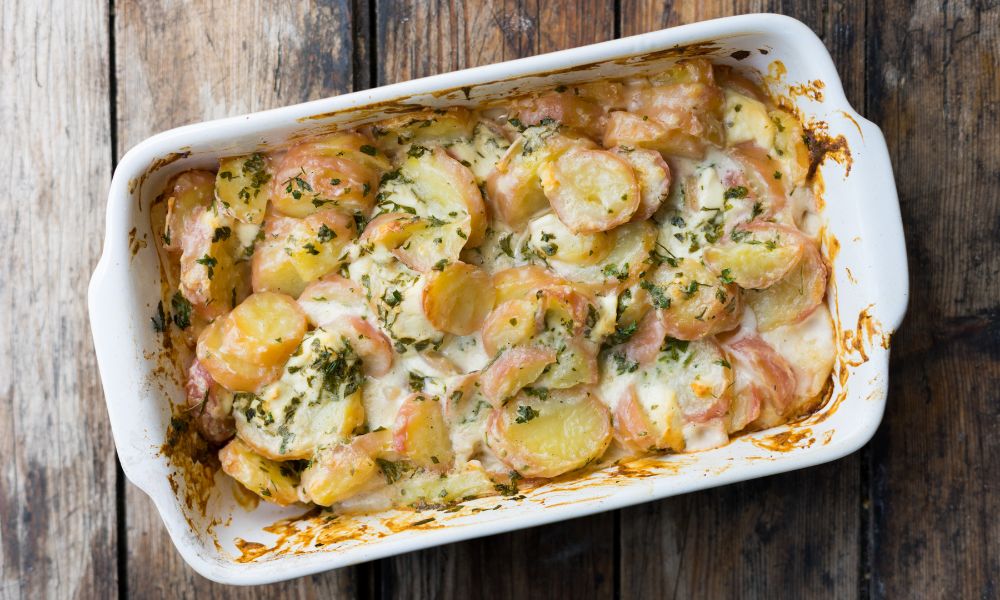Picture this: You’re about to embark on a long journey, and in an attempt to save your wallet from the pricey airplane meals, you consider packing your own sandwiches. Will you be allowed to bring them onboard? Is there an art to packing the perfect in-flight sandwich?
Worry not, for we’ve got you covered with a comprehensive guide to understanding regulations, guidelines, and in-flight snack alternatives.
TSA Regulations and Guidelines

When it comes to bringing food on a plane, the Transportation Security Administration (TSA) is the authority that sets the rules. Generally speaking, you can bring sandwiches in your carry-on luggage, but it’s crucial to be aware of certain restrictions.
For instance, if your sandwich contains any liquid or gel-like substances (such as jelly or soft cheese) beyond the 3.4-ounce limit, you’re required to pack these items separately following the TSA’s 3-1-1 liquids rule. Also, keep in mind that condiments such as mustard and ketchup must be placed in containers of 3.4 ounces or smaller and then packed inside a single quart-sized, clear, plastic, zip-top bag in accordance with this rule.
During the security screening process, it’s a good idea to inform the TSA officer that you have a sandwich in your bag. This way, they can better navigate any potential issues that may arise at the checkpoint.
You may also like: Can You Bring Fruit Through Airport Security? A Friendly Guide
Tips for Packing Sandwiches for Air Travel
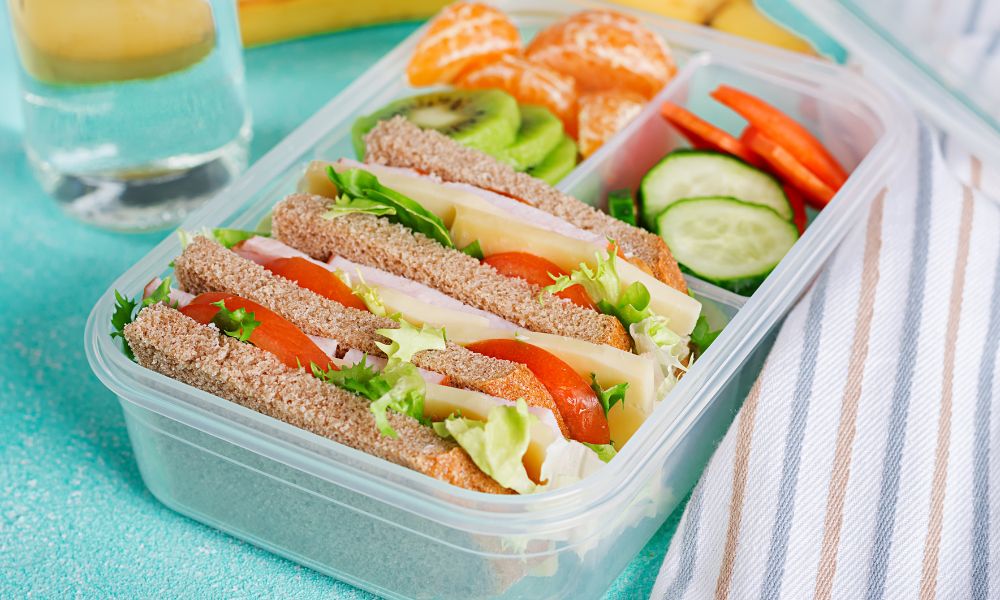
Now that we understand the rules, it’s time for some tips and tricks to packing the perfect in-flight sandwich that will remain fresh and intact throughout your journey. Let’s dive in!
First, consider the container or wrap you plan to use. A sturdy plastic container, reusable sandwich wrap, or even a ziplock bag can help prevent squishing and keep your sandwich fresh. If using a plastic container, add a piece of parchment paper to prevent moist ingredients from leaking out.
When it comes to layering ingredients, keep these pointers in mind:
- Choose a sturdy bread that can hold up, such as ciabatta or a baguette.
- Start by placing a “barrier” ingredient, such as lettuce or a slice of cheese, on the bread to protect it from sogginess.
- Spread condiments sparingly to avoid over-saturating the sandwich. If you desire extra condiments, follow the TSA’s 3-1-1 liquids rule and pack them separately.
Feeling creative with your sandwich fillings? Consider experimenting with different combinations while taking into account the prolonged air travel experience, which may call for sturdier options. The key is to create a sandwich with ingredients that can withstand a bit of time and temperature fluctuations.
Alternative In-Flight Snack Options

Not keen on bringing a sandwich on board? Don’t worry! There are numerous alternative in-flight snack options that are just as satisfying. Consider pre-packaged snack options available for purchase at airports or even on the plane. Some airlines also offer special meal selections for passengers with dietary restrictions.
And if you’re aiming for a healthy, non-perishable snack option that’s travel-friendly, consider packing items such as trail mix, dried fruit, or granola bars. These tasty treats can curb your hunger without the need for a full meal.
Stay tuned for more information on international flights, special considerations, and commonly asked questions about in-flight sandwiches!
Special Considerations for International Flights
When it comes to bringing sandwiches on international flights, there are a few extra factors to consider. Certain countries may have customs regulations that restrict the import of specific food items, so it’s crucial to research your destination’s guidelines before packing your sandwich.
During layovers or long-haul international flights, you may want to look into food options available at airport terminals or even onboard the aircraft. Remember to plan your in-flight meals accordingly, taking into account any allergies or dietary restrictions you might have.
Conclusion
In conclusion, understanding the rules and guidelines for bringing sandwiches on a plane is crucial for a smooth travel experience. When planning your in-flight snacks, remember to consider TSA regulations, packing tips, and international flight restrictions. Don’t hesitate to explore alternative snack options to satisfy your hunger during air travel.
Do you have any sandwich-packing experiences or tips to share? Feel free to leave a comment, and let us know how you make your in-flight sandwich game strong!
{ “@context”: “https://schema.org”, “@type”: “FAQPage”, “mainEntity”: [{ “@type”: “Question”, “name”: “Can I take sandwiches on a plane?”, “acceptedAnswer”: { “@type”: “Answer”, “text”: “Yes, you can generally take sandwiches on a plane. However, certain restrictions may apply based on TSA regulations.” } }, { “@type”: “Question”, “name”: “What are the TSA regulations for taking food on a plane?”, “acceptedAnswer”: { “@type”: “Answer”, “text”: “TSA allows solid food items, like sandwiches, in carry-on bags. Make sure they are properly packed and easily accessible, in case the TSA officer needs to check them. Liquid or gel food items, however, have restrictions.” } }, { “@type”: “Question”, “name”: “Are there any tips for taking sandwiches on a plane?”, “acceptedAnswer”: { “@type”: “Answer”, “text”: “Keep your sandwiches in a clear plastic bag separate from your other belongings, for easy inspection at the security checkpoint. Also, consider avoiding strong-smelling foods out of consideration for your fellow passengers.” } }, { “@type”: “Question”, “name”: “What food items are not allowed in a plane?”, “acceptedAnswer”: { “@type”: “Answer”, “text”: “Most liquid or gel food items are restricted in carry-on bags, including creamy dips and spreads, sauces, salad dressing, etc. They can be transported in checked bags.” } }, { “@type”: “Question”, “name”: “Can I bring drinks on a plane?”, “acceptedAnswer”: { “@type”: “Answer”, “text”: “You can bring drinks purchased after the security checkpoint on the plane. For drinks from home, only those in containers of 3.4 ounces or less are allowed in carry-on bags due to the TSA’s liquid restrictions.” } }] }